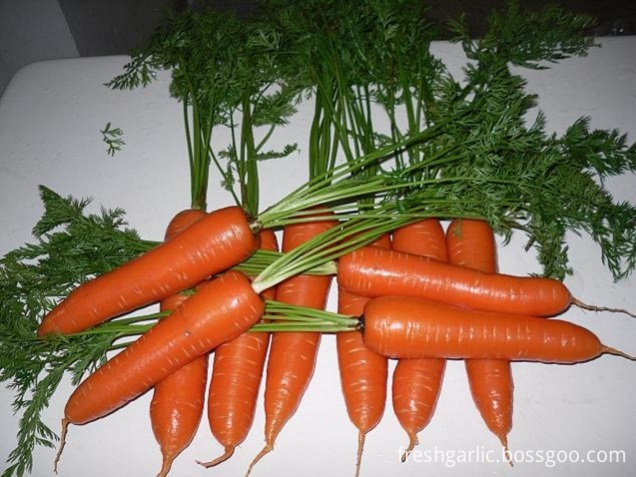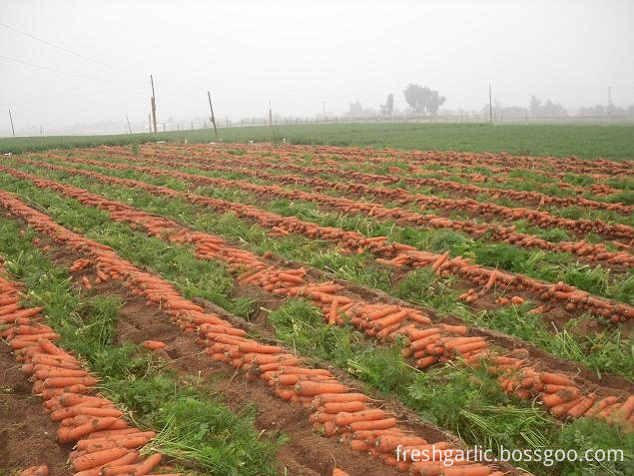Regeneration and Composting of Fermented Mattress Materials
Fermented mattress materials can not be used indefinitely because there are two main reasons: First, due to animal stamping, human disturbance and microbial decomposition, resulting in the finer particles of the material, the organic matter is constantly decomposed, the organic content is reduced, resulting in litter Permeability and adsorption become worse. Second, after long-term use, litter will accumulate a large amount of salt from the excreta and salt separators produced by the conversion of substances, such as sodium ions, potassium ions, calcium ions, chloride ions, nitrate ions, sulfate ions, etc. For litter over 3 years, the salt content often exceeds 2%, and the increase in salt concentration has an inhibitory effect on microbial activity. Excessive salt content leads to a decline or even loss of the ability of the fermentation bed to degrade.
First, litter regeneration. The lack of high-quality litter resources such as sawdust, etc., and the regeneration and reuse of litter are important measures for fermentation bed culture. Fermented mattress materials with a shorter use time, decreased adsorption performance and microbial activity can be processed and reused. The operating method is: remove from the fermentation bed, expose it to sunlight for 2-3 days, sterilize the material through high temperature and ultraviolet rays. It is screened again with a 5 mm sieve. The upper part of the sieve is coarse, the absorbed salt is relatively small, and the air permeability is good. It is a regeneration dunnage, and it is returned to the fermentation bed for reuse. The lower part of the sieve, with high salt content and poor air permeability, should not be returned to the fermentation bed, but it can be used as organic fertilizer after treatment.
Second, litter composting. For those who have reached the age of use, there is no need to regenerate the necessary litter and the part that is eliminated during the litter regeneration process can be treated by high-temperature composting. After the litter is sterilized and decomposed by high temperature, the organic fertilizer can be used to achieve resource utilization. .
Composting method: Remove the litter, adjust the padding moisture is about 65%, that is, the hand squeezed out of water, after loosening the extent of the spread. After adjusting the moisture, the litter is piled into a height of 1 meter and a width of two meters. The length depends on the size of the compost site and the amount of material is freely adjusted. It is covered with a plastic cloth to prevent the water from deteriorating quickly. Generally, after the second day of stacking, the temperature can be raised to above 45°C. After one week of high-temperature composting, it is turned one time. If there is insufficient moisture, the water is properly replenished, and then it is piled again. After 2-3 weeks, it can become mature. compost.
Our garlic products also include various kind of deydrated Garlic Powder,garlic flakes, fresh and frozen Peeled Garlic,Garlic Braids,etc. besides garlic, we can supply a variety of other local agricultural products,such as carrot, giner,onion,potato,etc.
1. Commodity name: Fresh Carrot
2. Feature: washed, polished, no mechanical damage, bright red color3. Size: 80-150g; 150-200g; 200-250g; 250-300g
4. Packing:
1) 9kgs/carton, 10kgs/carton, 20kgs/carton with inner plastic bag
2) according to the clients' requirements.
5. Supply Period:
a) Spring season: From March to July
b) Autumn season: From October to December
6. Conveyance: 26-30MT/40' HR (loading quantity depending on packing)
7.Transporting and storing temperature: 0°C


Fresh Carrot
Fresh Carrot,Bulk Fresh Carrot,Fresh Red Carrot,Fresh Organic Carrots
JINING FORICH FRUITS & VEGETABLES CO., LTD. , https://www.forichgarlic.com